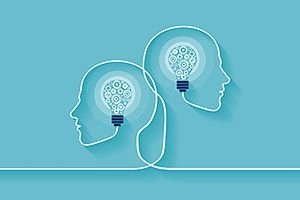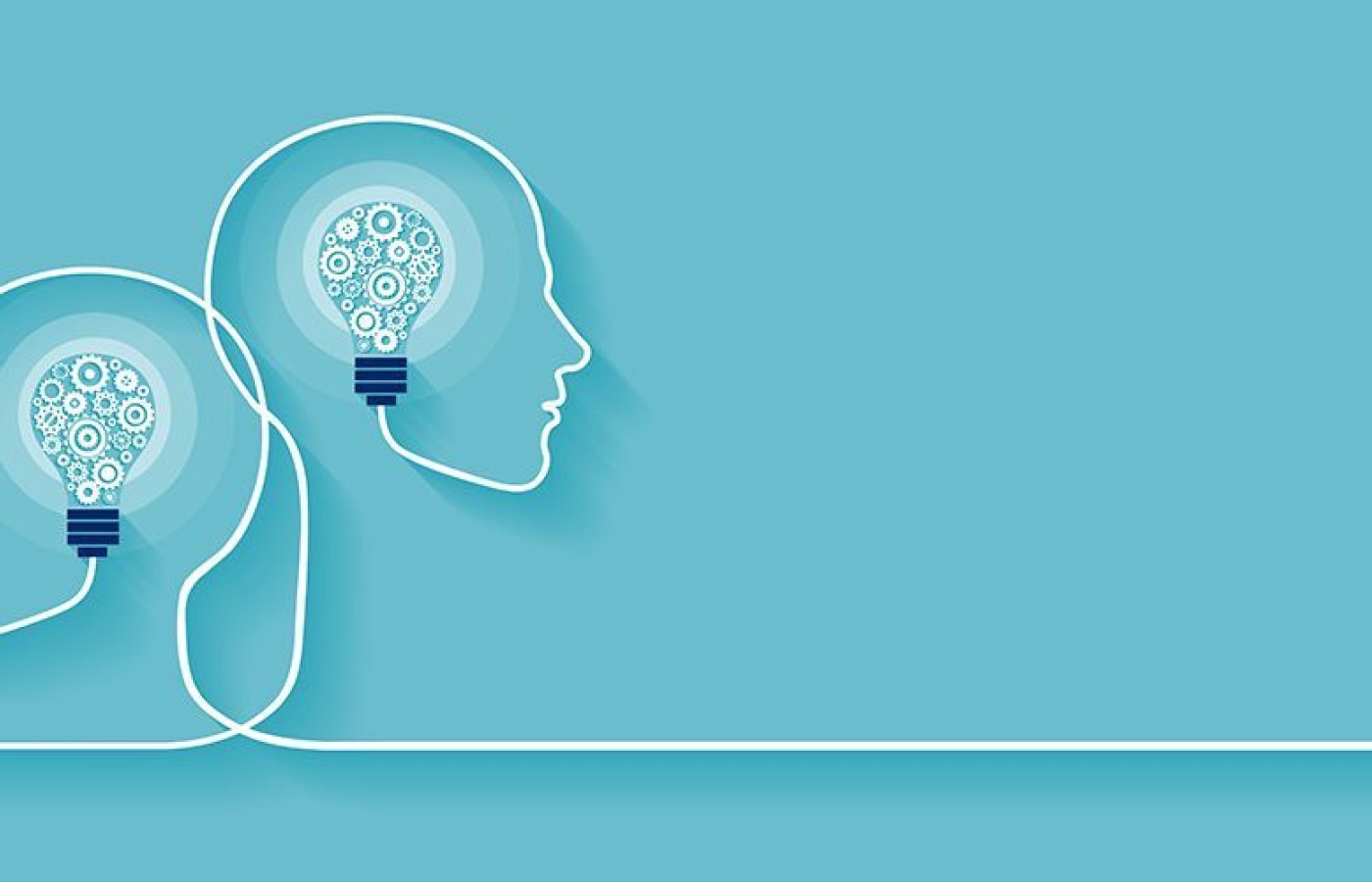Whether you accept it, avoid it or live somewhere in between, insurance coverage has become a defining issue for our profession. Patients increasingly expect to use their benefits, practitioners want to be compensated fairly for their time and expertise, and the system itself remains – at best – fragmented. The encouraging news is that coverage has expanded in meaningful ways. The challenging news is that reimbursement, across the board, remains inadequate.
How Hard Is It to Be Good at Acupuncture? (Pt. 2)
Editor's Note: Part 1 of this article appeared in the January digital issue.
One of my teachers used to say Western medical school is much harder than Eastern medical school, but Eastern medicine is much harder in practice. This is not to suggest any doctor's job is easy, but most people don't realize how much their acupuncturist has to do right in order for it to "work."
What We Have to Do Right for Our Medicine to Work
1. Ascertain the correct pattern diagnosis, which is subjective in the first place, hence harder to determine than blood test results or technological imaging. It does very little for me to simply know you have an elevated A1C. I have to determine whether it's a result of your kidney channel, stomach, liver, a combination of those, along with confounding factors and locations of pathogenic fluid retention. I have to decide whether your body is suffering more from blood stagnation, weakness, or inflammation; or again and most commonly, a combination of a few.

2. Treatment principle: There are hundreds of acupuncture points on the human body. Fortunately, most practitioners gravitate to the 50 or so they find most effective. Still, 50 is a big number, and we have to select which combination of a few will be ideal for the patient today.
There are many styles of approach. Some practitioners use a lot of points; others use as few as six or even two (there is an elitism among minimalists). Some of us use wider, stronger needles (more Chinese style) – others use very thin, gentler ones (more Japanese). I've known both awful and awesome practitioners on both ends of these spectrums.
3. Point location: I once heard of a clinical study that found when we needle three or more centimeters away from the precise location of an acupuncture point, it reduces the efficacy of treatment by at least 40 percent. Makes sense. Throughout schooling teachers and clinic supervisors would constantly correct us/me: "No, you're off the point. It's here," and point their finger just barely adjacent from where I'd screwed up.
Every body in the world is different, and although most intelligent clinicians can perceive point locations relative to every patient's size and stature, no one bats .1,000. I can personally attest to walking out of treatment rooms countless times early in my career, shaking my head in disappointment that I'd either inaccurately located or poorly needled a particular point. Both my diagnosis and point selection may have been perfect, but outcome still negatively impacted by the manual factor in the equation.
4. Needle technique: There are free-handers and "tubers" (as one of my mentors, Clayton Shiu, calls them) the former of which do not use the plastic guide tube to help tap the needle through the skin. I'm not sure if it ultimately matters, but most of my teachers I most admired didn't use guide tubes, so neither do I.
Once the needle gets through the epidural layer, there is a particular sensation, whether dull, achy or radiating, that experienced practitioners intend to affect. Of course, this is called de qi or the qi sensation – of the needle successfully stimulating the organ meridian. It is thought by many that without ascertaining a qi sensation the treatment is worthless and sadly, the majority of practitioners are either too afraid or unskilled to go for it.
5. Adjunctive techniques: To cup or not to cup? Cupping is generally indicated for blood stagnation, which is almost always present in orthopedic cases, but the more advanced practitioner knows when it might be applicable in other cases as well. Will massage or qi gong exercises help resolve an issue, and how effective is your (tuina) massage techniques? Finally, if you went for acupuncture for an extensive period of time and never received moxibustion therapy, you can almost say you've never tried Chinese medicine.
At its inception, Chinese medicine's title was "Acupuncture and Moxibustion," but most practitioners don't use it. Why? Some offices don't permit the smoke in the room; other practitioners don't want to take the time to sit with the patient and apply it. One way or another, it is possible to trace most forms of physiological flaws and faults back to the rein of capitalism.
We Have to Be Almost Perfect to Be Trusted
None of this should be taken as a slight on acupuncturists. Most people are not good at their jobs. The majority of architects, fashion designers, writers, on-camera talent, musicians, presidents of the United States, lawyers and (Western) doctors are poor.
However, no isolated cases of the aforementioned fails cause any skepticism of the craft itself. Because of our extensive experience with dining out, after leaving a bad restaurant we don't doubt whether food itself can be enjoyed. We don't see a bad TV show and decide we could never be entertained, and people surely see doctors for decades without improving and never cast a belief that Western medicine does not work.
As a matter of fact, most go the opposite direction and choose to believe they themselves do not work. They must be broken, their condition irrevocable, and once it's progressed for decades and been complicated by the accompanying stress and pharmaceuticals they come to me ... and request I fix them in three sessions, lest it serve as evidence that what I do is fake. Nice.
We have to bat close to .1000. We must accurately diagnose, choose the 8-18 points we deem most useful, perfectly locate them, and ensure to get the "qi sensation," so that the point has the desired effect. We have to determine whether the person needs adjunctive modalities and/or herbs, the latter of which bringing with it another crisis of paradox of choice, as there are many formulas potentially applicable for any one condition.
Most patients require a several-months-long regiment wherein we must carefully peel through layers of the onion that is their pathology. If we accidentally peel an inner layer before an outer layer is resolved, we can cause harm, so we must be more thoughtful than we are with acupuncture.
With such high demand for precision, one would expect our educational system to be quite impressive. Unfortunately, as Chinese medicine is still in practically its infancy stage of widespread acceptance, most of its academia – how shall I put this – sucks. Most colleagues and I agree that we learned about 10 percent of what we should have relative to time, effort and money spent in graduate school.
For example, in 11 trimesters averaging five classes per semester, the treatment of orthopedic disorders made up only one single class. Physical pain comprises probably 90 percent of acupuncture chief complaints and it wasn't even 10 percent of our education. Almost equally criminal were the two measly classesspent on manual needle technique, which is why most (new) acupuncturists can't needle to save their lives (more importantly, the lives of others).
In the financially motivated interest of attaining national accreditation, biomedical classes make up a huge portion of most schools' curriculum. This leaves us with a more in-depth understanding of science than the masses presume us to have, but lesser acupuncture skills than the minimal necessity. This is part of the reason why many of us are constantly taking continuing-education seminars; and why for years after graduation, I still dedicated one day a week towards apprenticing, working for free in observation of different experts in the field.
My wife also jokes that all I ever read is Chinese medicine literature, as I perpetually feel there is still so much to learn.
Please do not be discouraged; at the same time, do not stop studying the yin and yang of evolving along our paths. While I'm sure most of us are eons better practitioners than we were three years ago, we should do our best to ensure that curve arrives at the same trajectory three years from now



